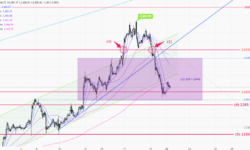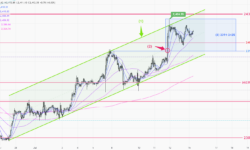Japan government warns in white paper of impact of yen weakness on households
A weaker yen is hurting the confidence of Japanese households and could erode their purchasing power, the government said in a report on Friday, highlighting its concerns about the negative impact of the yen’s depreciation on the economy. Rising inflation expectations helped improve household confidence in 2013, when former Prime Minister Shinzo Abe’s government implemented the “Abenomics” stimulus policy, the government said in an annual white paper analyzing the economy. But since mid-2023, inflation expectations have risen again, dampening household sentiment, partly as the public reacts to media reports of rising food prices and higher import costs due to a weaker yen. “A weaker yen could weaken consumers’ purchasing power” as it pushes up inflation, outstripping wage growth, the paper said. “The yen had been hovering below a low of 38 to 160 against the dollar for much of July, but it rose sharply against the dollar in the days leading up to and following the Bank of Japan’s decision to raise interest rates on Wednesday.The yen traded at 149.07 against the dollar in Asian trading on Friday as investors began to turn their attention to the prospect of steady rate hikes by the Bank of Japan and the Federal Reserve, which is expected to begin a U.S. monetary easing cycle in September. In a white paper prepared ahead of the Bank of Japan’s decision on Wednesday, the government said a weaker yen was no longer boosting exports as it had in the past as more Japanese manufacturers shifted production overseas. Instead, the report said a weaker yen was weighing on profits at small companies by increasing the cost of raw material imports.A weaker yen has become a source of concern for Japanese policymakers because it dampens consumption by raising the cost of imported fuel, food and raw materials. Japanese authorities spent 5.53 trillion yen ($37 billion) in foreign exchange market intervention in July to push the yen from 38 to 160 to the dollar to 40.00 per dollar, official data showed. The Bank of Japan also cited the risk of overshooting inflation due to a weak yen as one of the reasons for its rate hike on Wednesday.




